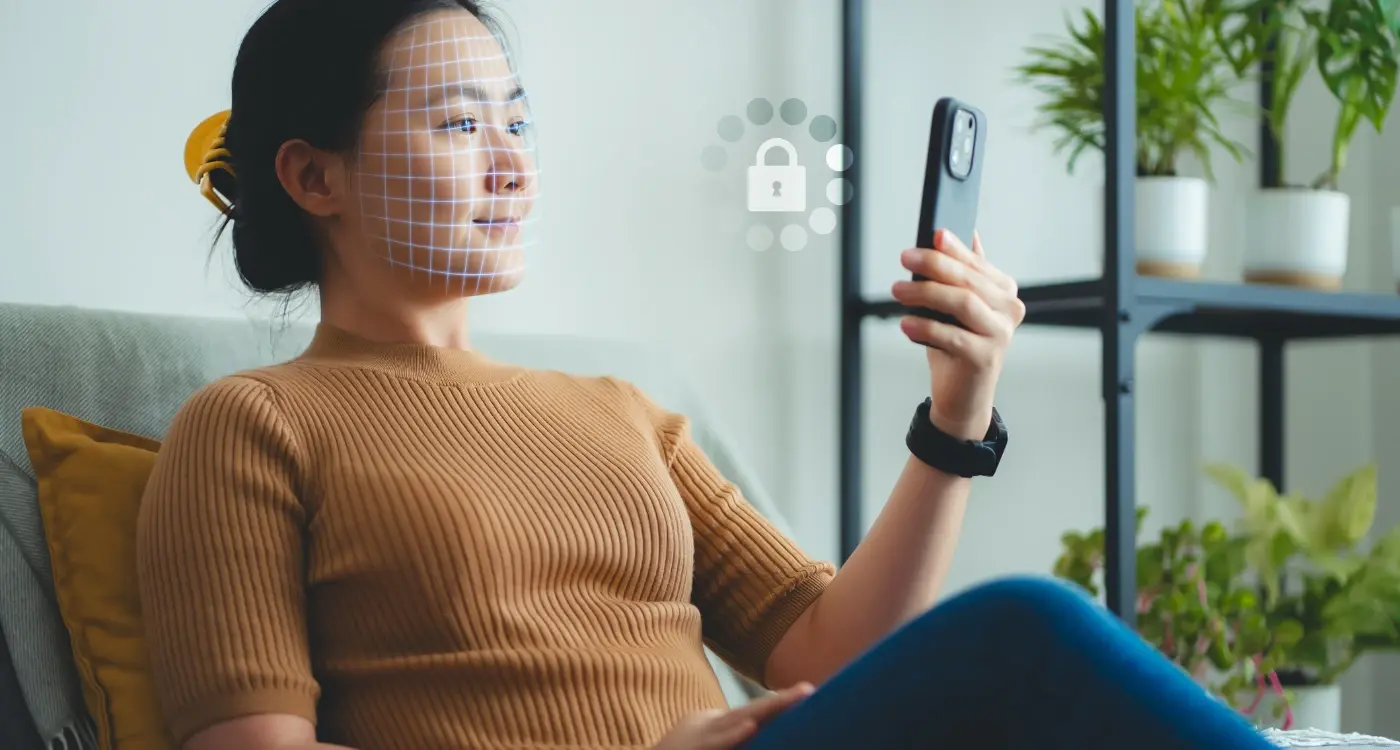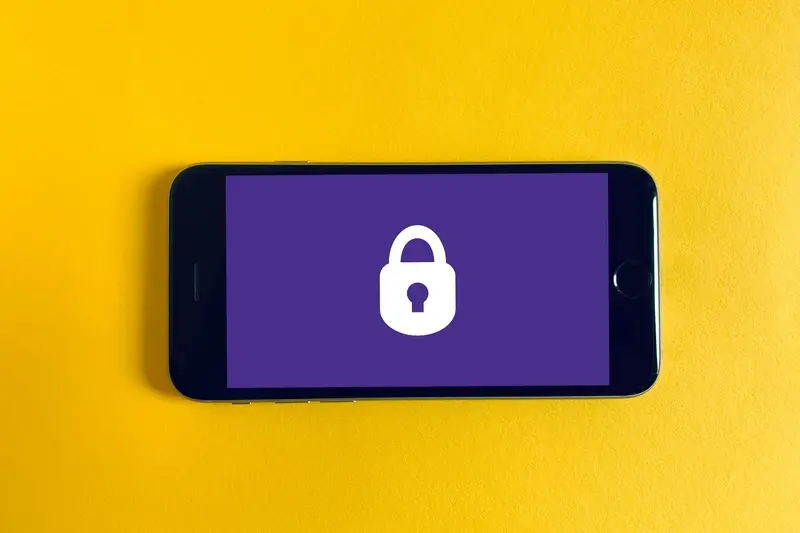How Do I Protect User Privacy With Voice Data in My App?
You've built an amazing app that uses voice technology—users can speak commands, dictate messages, or interact naturally with your features. But then reality hits. How do you handle all that sensitive voice data without accidentally breaking privacy laws or losing user trust? This isn't just a technical challenge; it's a business-critical issue that could make or break your app's success.
Voice data is incredibly personal. When someone speaks to your app, they're not just sharing words—they're revealing their accent, emotional state, background noise from their environment, and sometimes deeply private information. Unlike text input, voice recordings contain layers of personal details that users might not even realise they're sharing. And here's the tricky part: voice data protection isn't just about following one set of rules. You're dealing with GDPR in Europe, various state laws in America, and different regulations worldwide.
Voice data represents one of the most intimate forms of user information, containing not just words but emotional patterns, health indicators, and personal contexts that require the highest level of protection
The good news? You don't need to be a privacy lawyer or security expert to get this right. Throughout this guide, we'll walk through practical steps for protecting voice data while keeping your app functional and user-friendly. We'll cover the legal requirements you need to know, technical methods that actually work, and common mistakes that can land you in trouble. By the end, you'll have a clear roadmap for handling voice data responsibly—protecting both your users and your business.
Understanding Voice Data Collection
Voice data collection happens whenever your app records, processes, or stores what users say. This includes obvious things like voice messages and speech-to-text features, but also less obvious collection methods that catch many developers off guard. Your app might be collecting voice data through background listening for wake words, voice commands, or even ambient audio recording during video calls.
The tricky part is that voice data contains far more information than most people realise. When someone speaks into your app, you're not just getting their words—you're capturing their accent, emotional state, age range, potential health conditions, and sometimes even background conversations. This makes voice data incredibly sensitive from a privacy perspective, and why regulators treat it so seriously.
Types of Voice Data Your App Might Collect
Direct voice recording is the most straightforward type—when users deliberately speak into your app for features like voice notes or dictation. But there's also processed voice data, where your app converts speech to text and stores both the audio file and the transcription. Many developers forget that keeping both creates twice the privacy risk.
Then you've got ambient voice collection, which can happen without users actively trying to speak to your app. This might occur during video calls, when your app is listening for specific trigger words, or if your app has always-on listening capabilities. The key thing to understand is that users often don't realise when this type of collection is happening.
What Makes Voice Data Special
Voice data is considered biometric information in many jurisdictions because it can be used to identify individuals. Your voice is as unique as your fingerprint, which means storing voice recordings creates significant privacy obligations. Even if you delete the original audio files, processed data like voice prints or pattern analysis can still identify users later on.
Legal Requirements for Voice Privacy
When you're dealing with voice technology in your app, you're not just handling regular data—you're collecting some of the most personal information possible. Voice recordings reveal accents, emotions, health conditions, and can even identify specific individuals. That's why governments around the world have created strict rules about how this data must be handled.
The General Data Protection Regulation (GDPR) in Europe treats voice data as biometric information, which means it gets special protection. You need explicit consent from users before collecting their voice data, and they must understand exactly what you're doing with it. The California Consumer Privacy Act (CCPA) has similar requirements, and other countries are following suit with their own voice-specific regulations.
Key Legal Obligations
Most privacy laws require you to follow these core principles when handling voice data:
- Get clear, informed consent before recording
- Explain what voice data you collect and why
- Allow users to access, delete, or modify their data
- Implement proper security measures
- Report data breaches within specified timeframes
- Appoint a Data Protection Officer if required
Always consult with a privacy lawyer who specialises in your target markets. Voice privacy laws change frequently, and getting it wrong can result in massive fines—GDPR penalties can reach 4% of your global annual revenue.
Industry-Specific Requirements
If your app serves healthcare, finance, or children's markets, you'll face additional regulations. HIPAA in healthcare, PCI DSS for payments, and COPPA for children all have specific voice data requirements. For healthcare apps, understanding GDPR compliance requirements is particularly crucial as voice data often contains health-related information. These sectors often prohibit certain types of voice processing entirely or require additional security measures that can significantly impact your app's architecture.
Technical Methods for Data Protection
Right, let's get into the technical side of protecting voice data—this is where the magic happens behind the scenes. The good news is that there are proven methods that work brilliantly when implemented correctly.
Encryption Is Your Best Friend
Think of encryption as scrambling your voice data into a secret code that only authorised systems can understand. You'll want to encrypt voice data both when it's stored on devices and when it's travelling between your app and servers. AES-256 encryption is the gold standard here—it's what banks use, so it's pretty solid! Most mobile platforms provide built-in encryption tools, which makes your job much easier.
Processing Methods That Protect Privacy
Here's where things get interesting. You can actually process voice data without storing the actual audio files. Speech-to-text conversion happens locally on the device, then you only send the text—not the voice recording—to your servers. This approach dramatically reduces privacy risks.
Another smart technique is voice anonymisation. This strips out unique vocal characteristics that could identify specific users whilst keeping the useful content. Some developers also use differential privacy, which adds controlled noise to data sets to protect individual privacy.
- Use end-to-end encryption for all voice transmissions
- Process voice data locally when possible
- Implement secure key management systems
- Apply voice anonymisation techniques
- Use differential privacy for data analysis
- Set up secure deletion protocols
The key thing to remember is that technical protection should happen automatically—users shouldn't need to think about it. When done properly, these methods work invisibly in the background whilst keeping everyone's voice data safe and secure.
User Consent and Transparency
Getting user consent for voice data collection isn't just about ticking a legal box—it's about building trust with your users. When someone downloads your app and starts speaking to it, they're sharing something incredibly personal. Their voice contains unique patterns, emotions, and even health indicators that go far beyond just the words they're saying.
The consent process needs to be crystal clear about what you're collecting and why. None of this hiding behind complex legal jargon that nobody understands. Users should know exactly what happens to their voice recordings: are they stored locally, sent to cloud servers, used for improving your app, or shared with third parties? Each of these scenarios requires explicit permission.
Making Consent Actually Work
Pre-ticked boxes and buried consent forms won't cut it anymore. The consent mechanism should appear before any voice recording begins, not after. Users need the option to say no without losing access to your app's core functionality. This means designing your app so that voice features are genuinely optional rather than mandatory.
Transparency isn't just about legal compliance; it's about respecting the trust users place in your app when they share their most personal data
Ongoing Communication
Consent isn't a one-time thing either. Users should be able to review their choices, change their minds, and understand how their data protection preferences affect their experience. Understanding when your app needs data processing permissions helps you implement proper consent mechanisms from the start. Regular privacy updates—written in plain English—help maintain that trust relationship. When your data practices change, users need to know about it upfront, not discover it months later. Voice technology moves fast, but user trust builds slowly and breaks easily.
Secure Storage and Transmission
When you're handling voice data, where you store it and how you send it around matters more than you might think. Voice recordings contain loads of personal information—not just what people say, but how they say it, their accent, even their mood. That's why protecting this data during storage and transmission is absolutely critical for user privacy.
Encrypting Data at Rest and in Transit
The golden rule is simple: encrypt everything. When voice data sits on your servers (we call this "at rest"), it needs to be encrypted using strong algorithms like AES-256. This means even if someone gets access to your storage systems, the data looks like gibberish without the encryption keys. If you're developing financial applications, implementing critical security features for finance mobile apps becomes even more crucial when handling voice payments or banking commands. I've seen too many apps skip this step thinking their servers are safe—they're not!
Transmission is just as important. Every time voice data moves from a user's device to your servers, it should travel through encrypted channels using TLS 1.3 or higher. Think of it like sending a locked box instead of an open envelope. Most modern platforms handle this automatically, but you need to verify it's actually working.
Choosing the Right Storage Solutions
Not all storage is created equal. When comparing AWS, Google Cloud, and Azure for your voice app, consider their built-in encryption and compliance certifications that can save you loads of headaches. But here's the thing—you're still responsible for configuring everything properly. Default settings aren't always the most secure settings.
Consider where your data physically lives too. Different countries have different privacy laws, and storing voice data in the wrong location could land you in hot water with regulators. European users' data staying in Europe isn't just good practice—it's often legally required.
Data Minimisation and Retention
When it comes to voice technology and data protection, less is definitely more. I can't stress enough how many apps I've seen collecting mountains of voice data they don't actually need—it's like keeping every scrap of paper that comes through your letterbox, just in case. The golden rule here is simple: only collect what you absolutely need and don't keep it longer than necessary.
Data minimisation means being ruthless about what voice data you actually require. If your app only needs to recognise basic commands like "play music" or "set timer," you don't need to store detailed voice patterns or personal conversations. Strip out everything that isn't directly related to your app's core function. This isn't just good practice for data protection—it also reduces your storage costs and makes your app faster.
Set automatic deletion schedules for voice data. Most apps can function perfectly well by deleting voice recordings after 30-90 days, keeping only the processed text or command data if needed.
Setting Smart Retention Periods
Your retention policy should match your app's actual needs, not your "what if" scenarios. Voice data for basic commands might only need to be kept for a few days; voice data for training machine learning models might need longer, but probably not forever. The key is being able to justify why you're keeping specific data for specific timeframes.
Remember that users trust you with incredibly personal information when they speak to your app. Respecting that trust by keeping only what you need—and deleting the rest promptly—isn't just good for compliance; it's good business sense too.
Common Privacy Mistakes to Avoid
After years of working with apps that handle voice data, I've seen the same privacy mistakes crop up again and again. The good news is that most of these errors are completely avoidable once you know what to look out for.
The biggest mistake I see is collecting far too much voice data without any clear purpose. Teams get excited about the possibilities and start recording everything—background conversations, accidental activations, even silence. This creates huge privacy risks and storage costs. Only collect what you actually need for your app to work properly.
Storage and Transmission Blunders
Many developers store voice recordings in plain text or use weak encryption methods that can be cracked easily. Your voice data should be encrypted both when it's stored and when it's being sent between devices. I've also seen teams forget to secure their cloud storage properly, leaving voice files accessible to anyone with the right link.
Consent and Communication Failures
Another common problem is treating consent as a tick-box exercise rather than genuine communication. Users need to understand exactly what voice data you're collecting, why you need it, and what you'll do with it. Hiding this information in lengthy terms and conditions doesn't count as proper consent.
Here are the most frequent privacy mistakes to watch out for:
- Recording voice data without clear user permission
- Keeping recordings longer than necessary for your app's purpose
- Sharing voice data with third parties without explicit consent
- Failing to provide users with options to delete their recordings
- Not telling users when voice processing happens on external servers
- Ignoring regional privacy laws like GDPR
If you're planning to expand internationally, understanding the legal requirements for international apps becomes crucial as voice privacy laws vary significantly across different countries. The best approach is to build privacy protection into your app from the very beginning rather than trying to add it later. This saves time, money, and protects your users properly.
Conclusion
Building voice features into your app doesn't have to feel overwhelming when it comes to protecting user privacy. Yes, voice technology brings unique challenges—audio files are large, voices can be identifying, and people feel quite protective about recordings of themselves speaking. But the good news? Every privacy concern has a practical solution.
The foundation comes down to three core principles: collect only what you genuinely need, be completely transparent about what you're doing with it, and give users real control over their voice data. When you follow these principles—combined with proper encryption, secure storage, and regular data deletion—you're building something users can actually trust.
What I find interesting is how many developers overthink this. They assume data protection means sacrificing functionality or user experience. That's rarely true. Some of the best voice apps I've seen are also the most privacy-conscious ones. They use techniques like on-device processing, data anonymisation, and smart retention policies without users even noticing.
The legal side might seem daunting at first glance, but it's really about common sense: ask permission clearly, explain what you're doing, and respect people's choices. Whether you're dealing with GDPR, CCPA, or other privacy laws, they all want the same basic thing—apps that treat user data responsibly.
Voice technology will keep evolving, and so will privacy expectations. But if you build good data protection habits now, you'll be ready for whatever comes next. Your users will appreciate the transparency, and you'll sleep better knowing you've done right by them.
Share this
Subscribe To Our Learning Centre
You May Also Like
These Related Guides

How Do International Age Verification Laws Affect My App?

How Do You Prevent Data Breaches in Enterprise Mobile Apps?



